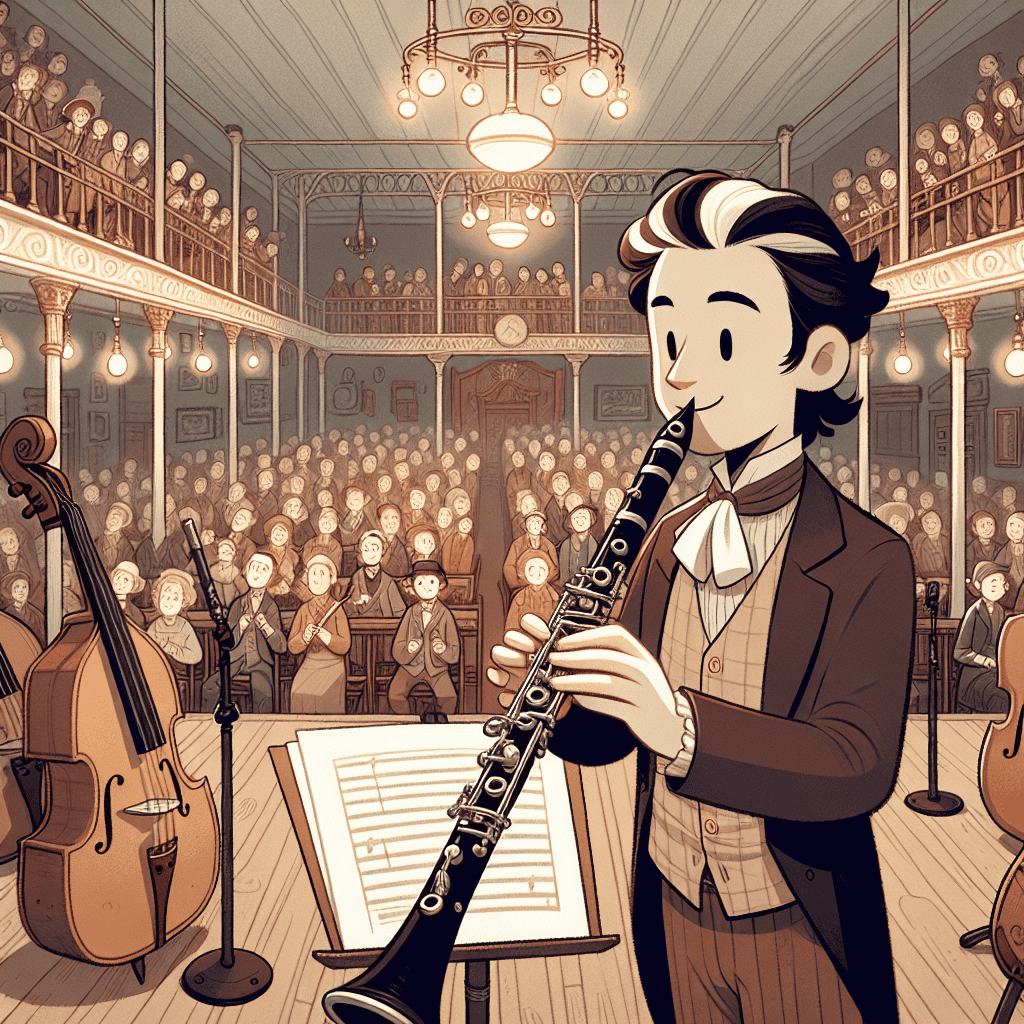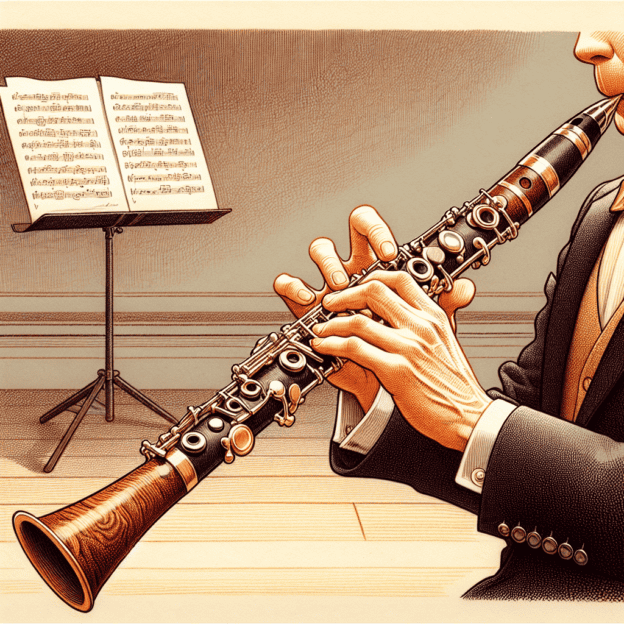Introduction to the Contra-Alto Clarinet
The contra-alto clarinet is one of the lesser-known members of the clarinet family, but it has a fascinating history and a distinctive sound that sets it apart from its counterparts. As part of the larger clarinet ensemble, the contra-alto clarinet plays a key role in various musical settings, filling the gap between the bass clarinet and other woodwinds. In this post, we'll explore the characteristics, history, and techniques involved in playing the contra-alto clarinet, as well as tips for maintenance and performance.
Understanding the Contra-Alto Clarinet
The contra-alto clarinet is pitched in the key of Eb and is written an octave lower than the Bb clarinet. This instrument typically ranges from low E to high C, making it a valuable addition to any woodwind ensemble. Its design shares similarities with other clarinets but offers a unique timbre that is both rich and mellow, well-suited for blending within larger woodwind sections.
This clarinet features a lengthened bore which allows for a deeper, warmer sound. It is often made from high-quality grenadilla wood or synthetic materials, which contribute to its tonal quality while ensuring durability.
| Feature | Description |
|---|---|
| Key | Eb |
| Range | Low E to High C |
| Timbre | Rich and mellow |
| Materials | Grenadilla wood or synthetic materials |
The History of the Contra-Alto Clarinet
The contra-alto clarinet originated in the 19th century, becoming an important member of the clarinet family as composers started to explore broader instrumentation options. While it didn't become as popular as the Bb clarinet, its unique sound quickly attracted many composers and arrangers, especially in chamber and orchestral settings.
In the early 20th century, the instrument gained more recognition as notable composers such as Igor Stravinsky and Bernard Hermann used it in their works. Today, it's found in wind ensembles, orchestras, and contemporary music groups, often featured in high-level performances.
Playing the Contra-Alto Clarinet
Embouchure and Air Support:
To get a good tone on the contra-alto clarinet, you need to develop a strong embouchure. Setting up the embouchure involves:
- Using firm corners of the mouth, which helps shape the air stream and maintain control over the tone.
- Positioning the lower lip on top of the reed to allow for a comfortable and controlled sound production.
- Maintaining a straight alignment between the mouthpiece, reed, and throat to ensure efficient airflow.
Good air support is key, and regular practice of breathing exercises can help improve the flow of air through the instrument, leading to better tone quality and dynamics.
Fingerings and Technique:
Playing the contra-alto clarinet requires knowing its unique fingering system. The instrument has a wide range of fingerings, including the standard fingerings used by other clarinets. Here are a few tips to remember:
- Practice finger drills in various tempos to improve agility and speed, especially for technical passages.
- Regularly do long tone exercises, focusing on maintaining good intonation throughout the range.
- Use alternative fingerings for certain notes to achieve smoother transitions and avoid breaks in the sound.
Reed Choice and Maintenance:
The choice of reed is crucial in getting the desired sound on the contra-alto clarinet. Beginners usually start with a softer reed (around strength 2 to 2.5), which makes sound production easier. As players improve their technique, they can try harder reeds (3 to 3.5) for better control and tone clarity.
Taking care of reeds is important for optimal performance. Here are some simple tips:
- Store reeds in a dedicated case to prevent damage and maintain moisture levels.
- Rotate your reed regularly to allow for even wear and make it last longer.
- Check reeds for chips or cracks and replace them as needed to maintain a consistent sound.
Repertoire and Performance Opportunities
The contra-alto clarinet can be used in various musical genres, from classical to contemporary music. It often plays in large ensembles, chamber groups, and solo performances. Here are a few pieces that show the versatility of the instrument:
- “Concerto for Clarinet” by Paul Hindemith
- “Four Pieces for Clarinet” by Leonard Bernstein
- Selected Works by contemporary composers such as Don Byron
If you play in a wind ensemble, talk to your conductor about selecting pieces that feature the contra-alto clarinet.
Conclusion
In summary, the contra-alto clarinet gives musicians a chance to explore unique tonal possibilities while expanding their musical repertoire. With its rich history and versatility, mastering this instrument can greatly improve your skills as a clarinetist in various musical settings.







